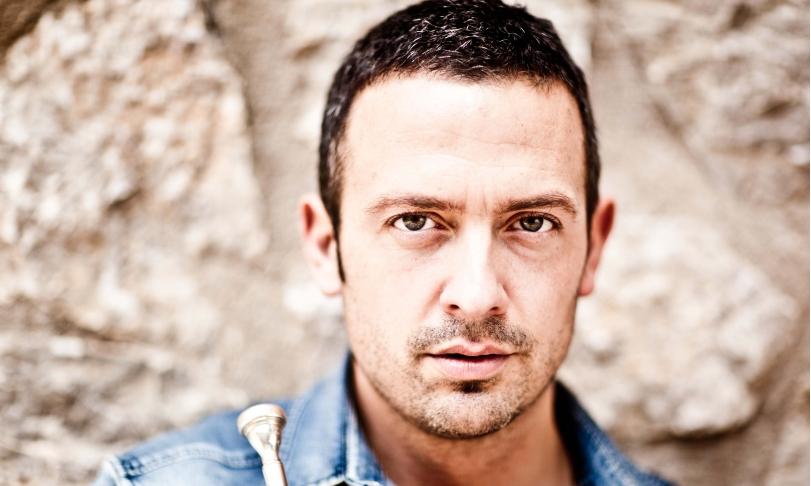
Let us take it right behind us, the theme of "Brönner-Bashing": It has become common in the German press landscape to devaluate the enormously successful jazz trumpet player Till Brönner in the context of concert as well as album because of his allegedly pleasing style of playing. If he then also should put down the trumpet down making room for his voice, groaning is triggered consensually in these circles. Rightly so? Hardly likely. Let us stop panting prejudices and accept that jazz must not only be crooked and adventurous, but that its challenge can also consist of presenting songs of all kinds in an instrumentally immaculate manner. And then, when a master in his field, like Till Brönner, from time to time puts the trumpet down to contrast the cleanly produced euphony with the sound of his voice, which he recently described as qualitatively not better than sufficient in an interview, he does so not to annoy his followers, and not to give his critics ammo for a simultaneous groaning, but rather as a kind of corrective for the slagless trumpet sound.
On his new album Till Brönner lends his voice to eight out of thirteen titles, following to the slogan “now more than ever”, not exclusively but as an alternative to the trumpet voice in the vicinity of established, proven fellow musicians, John Clayton (bass) Jeff Hamillton (drums), Larry Goldings (piano) and Anthony Willson (guitar). And he does quite well in the songs of the American Songbook, which are gathered here, with his light, lean vocal tool. Not as good as with the trumpet, but suiting to the occasion, as a contrast to his trumpet voice worthy of note. Whether he has won over Barack Obama also by his vocal performance or exclusively by this trumpet play as the only German invited to the White House together with 44 US jazz legends in the spring of this year is not known. To be counted to the famous jazz legends by the president of the United States must be something like a through march for Till Brönner also in the face of the bashing he suffers at the home.
It is a real pleasure to bath by listening in the aesthetics dedicated to the rounded euphony owed to super precision and discipline and implemented by Till Brönner and his four members of his band. This sound ideal is located emotionally on the elegant, cool side, and it is due to the virtuosity that is the prerequisite for the precision offered. However, this has nothing to do with complacency and with smoothness at the most as far as edges are rounded off and shallows are filled up to a safe level. Euphony in this sense does not mean that you have to forgo power and momentum when these are called for in the more lively songs, as in the case of Come Dance with me and I may be Wrong presented by a gently but definitely forward-looking rhythm group. The fact that one feels as a whole beamed into the sixties is appropriate to the origin of the songs and in view of the current joy of retro everything else as wrong.
The excellent recording technique always ensures an undisguised, crystal-clear view of the sonic events around the songs on the album The Good Life, centered around the famously sounding, virtuosically played trumpet alongside the contrasting voice of Till Brönners in the vicinity of his constantly professional and compassionate companions acting in any moment like on gentle cat paws.
Till Brönner, trumpet, flugelhorn, vocals
Larry Goldings, piano
Anthony Wilson, guitar
John Clayton, bass
Jeff Hamilton, drums











